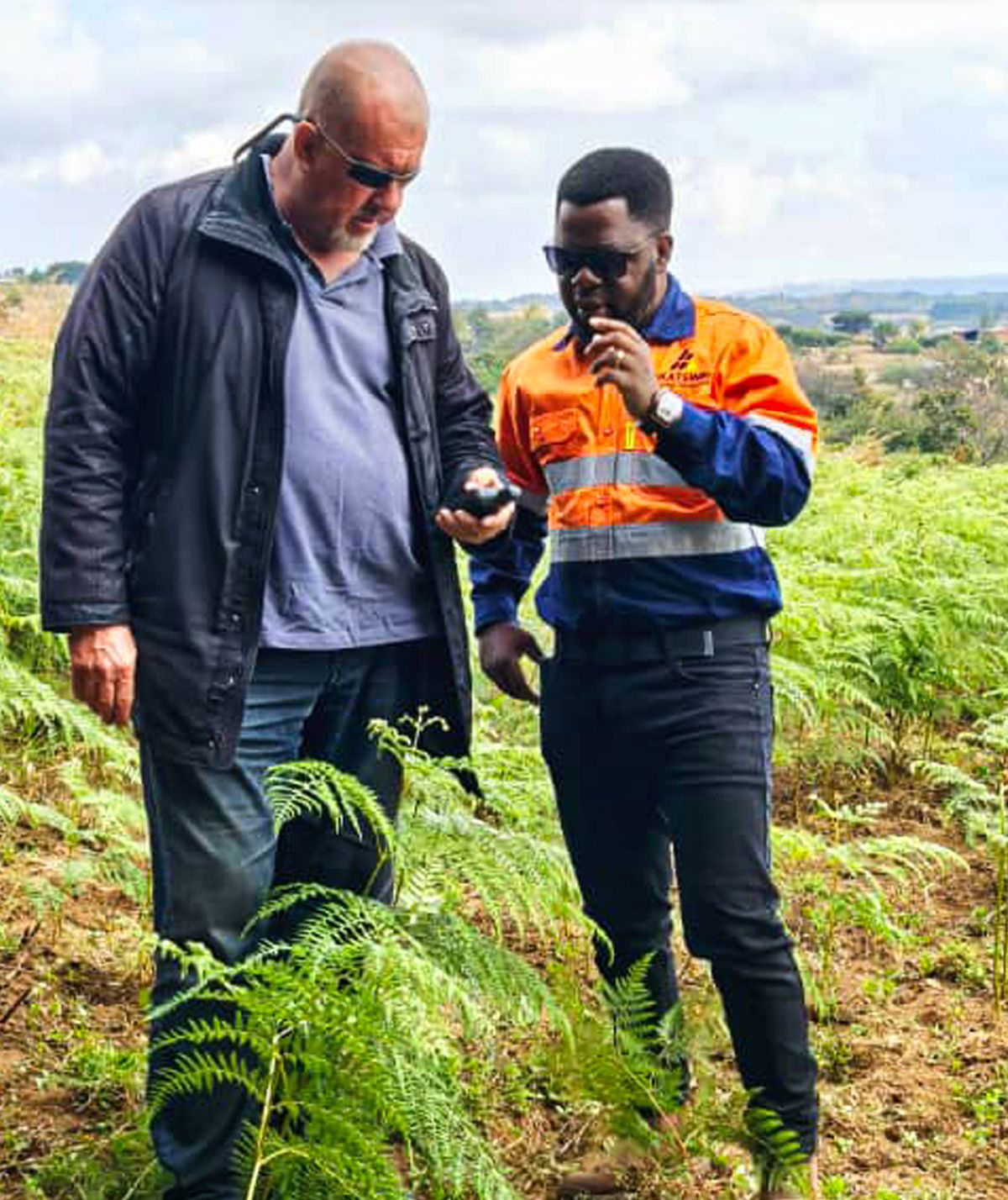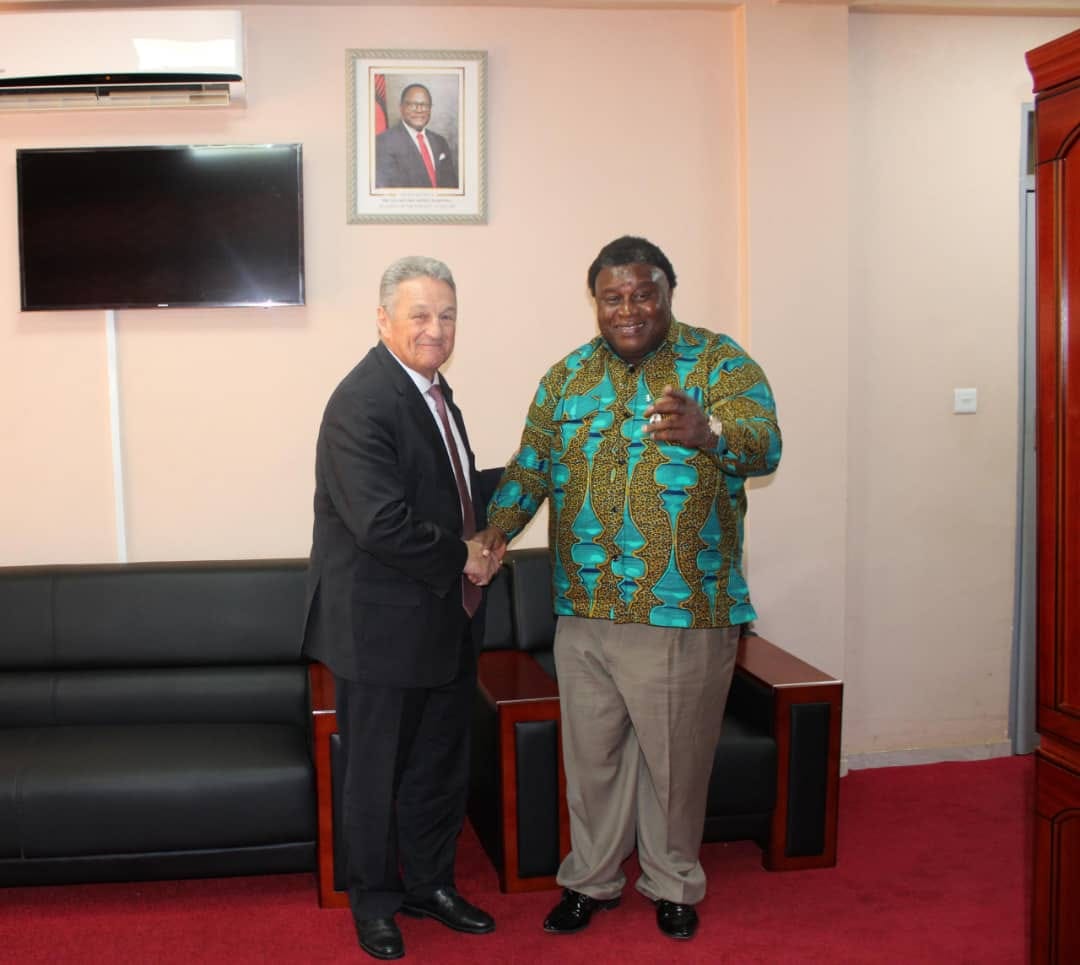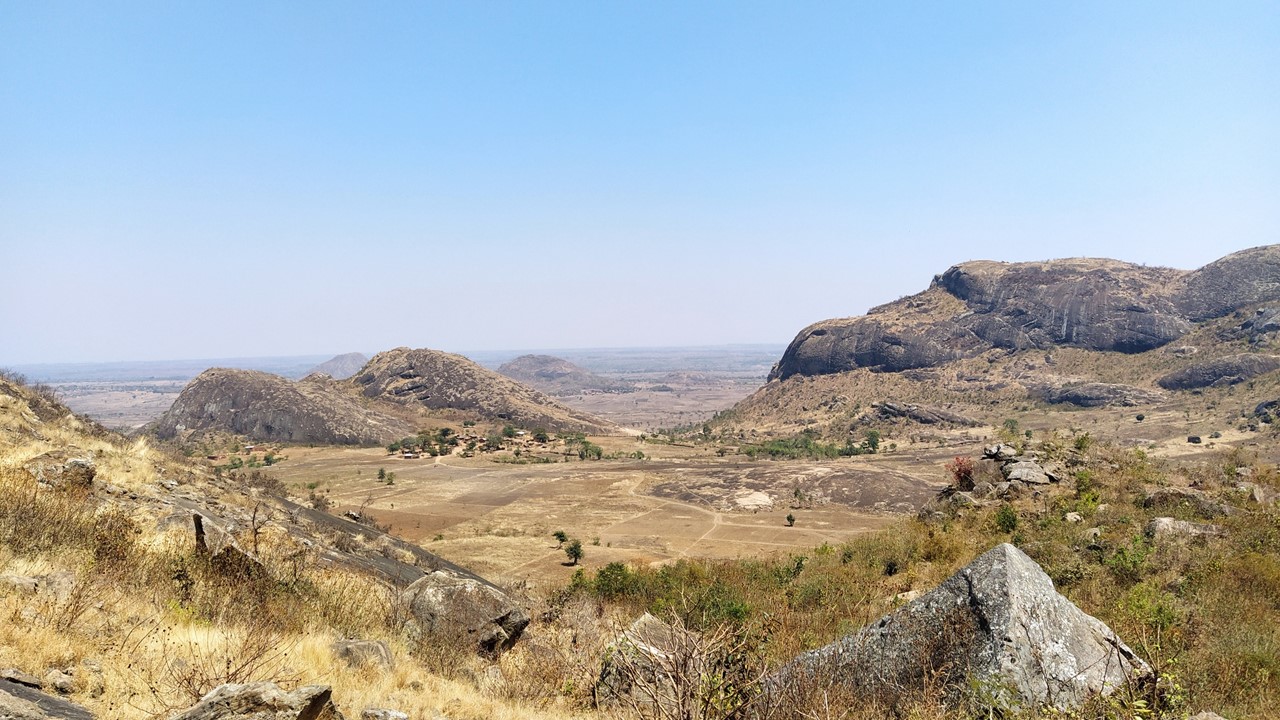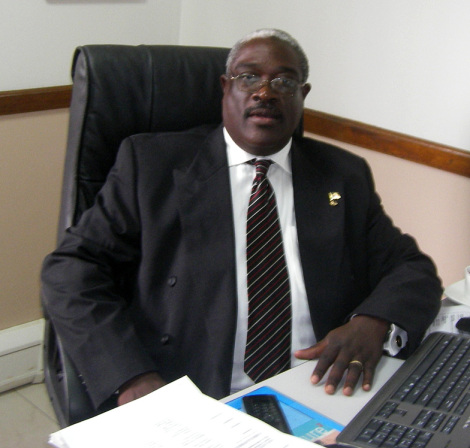Mining Review Malawi’s top extractive projects of 2023
December 29, 2023
Written by Admin
PROJECT OF THE YEAR
Kangankunde Rare Earths Project
The project located at Kangankunde Hill in Balaka is owned by ASX-listed Lindian Resources.
Last Developments
In the year 2023, Lindian published a Mineral Resource Estimate (MRE) which established Kangankunde as one of the world’s largest rare earths projects pegging the rare earth resource at 261-million tonnes averaging 2.19% Total Rare Earth Ore (TREO) above a 0.5% TREO cut-off grade.
The Kangankunde deposit contains excellent grade, uniquely non-radioactive material and a high percentage of rare earth elements that are key to the clean energy transition.
Lindian has also defined an exploration target for the Kangankunde Rare Earths Project Central Carbonatite of between 400-million tonnes (lower range) to 800-million tonnes (upper range) grading between 2.0 and 2.7% TREO.
The exploration target demonstrates the potential for the Kangankunde Project to grow significantly with further exploration activity and is, without doubt, one of the world’s largest rare earths deposits and an asset that is expected to have a material impact on the rare earths sector globally.
Kangankunde is now firmly established in a class of rare earths projects that are regarded as the very best in the world as defined by scale, grade and the quality of resources.
Kasiya Rutile – Graphite Exploration Project
The project which is located in Kasiya in Lilongwe District is owned by ASX-listed resources group Sovereign Metals.
Latest Developments
Sovereign Metals has fast-tracked exploration work at Kasiya. On September 28, 2023, the Company released results of Pre-Feasibility Study (PFS) which confirmed Kasiya as potentially a major critical minerals project with an extremely low carbon footprint delivering major volumes of natural rutile and graphite while generating significant economic returns.
The results indicate that the proposed large-scale operation will process 24 million tonnes of ore per annum to produce approximately 245kt of natural rutile and 288kt of natural graphite per annum once at steady state.
Kasiya is the largest natural rutile deposit and second largest flake graphite deposit in the world.
Both rutile and graphite are critical to the world economy as well as crucial to decarbonisation solutions required to meet “Net-Zero” and other targets set by policymakers worldwide.
The Project has the potential to thrive on the global market as currently sources of natural rutile are in decline as several operations’ reserves are depleting concurrently with declining ore grades.
In July 2023, Global Mining Giant Rio Tinto made an investment in Sovereign Metals resulting in an initial 15% shareholding and options expiring within 12 months of initial investment to increase their position to 19.99%.
Rio Tinto, as a strategic partner, will provide assistance and advice on technical and marketing aspects of Kasiya including with respect to Sovereign’s graphite co-product, with a primary focus on spherical purified graphite for the lithium-ion battery anode market.
The Company is planning to commence the optimisation phase prior to advancing to the Definitive Feasibility Study for the project.
Songwe Hill Rare Earths Project
The project is located at Songwe Hill in the Southern District of Phalombe. It is owned by Canada’s TSX Venture Exchange and the AIM Market of the London Stock Exchange listed UK firm Mkango Resources, through its subsidiary Lancaster Exploration.
Latest Developments
After 13-years of mineral exploration investment amounting to over US$30-million, Mkango Resources is now on the brink of getting a signed Mining Development Agreement and Mining Licence before the end of 2023 following confirmation by Minister of Mining Monica Chang’anamuno who visited Songwe Hill this year.
Mkango announced exciting results of a Definitive Feasibility Study (DFS) for the project which has pegged the net present value (“NPV”) for the project at US$559.0-million post-tax, using a 10% nominal discount rate, with an internal rate of return (“IRR”) of 31.5%, payback period of 2.5 years from full production (5 years from start of capital expenditure) and post-tax life-of-operations nominal cash flow of $2.1 billion.
Songwe is now confirmed as one of the very few REE projects globally to have reached the DFS stage, with a full Environmental, Social, Health Impact Assessment (“ESHIA”) completed in compliance with International Finance Corporation (IFC) Performance Standards and The Global Industry Standard for Tailings Management (2020) (“GISTM”) adopted for design and management of the tailings storage facility.
The project is targeting rare earths such neodymium, praseodymium, dysprosium and terbium which are critical for the green transition, used in permanent magnets for electric vehicles, wind turbines and many electronic devices.
The DFS results show that Songwe Hill will have a long operating life of 18 years, with mining assumed to commence in February 2025, production ramping up from July 2025 and averaging 5,954 tonnes per year total rare earth oxides (“TREO”) for the first five years of full production (September 2025 – August 2030), including 1,953 tonnes per year of neodymium and praseodymium oxides, and 56 tonnes per year of dysprosium and terbium oxides, in a mixed rare earth carbonate (“MREC”) grading 55% TREO, generating nominal earnings before interest, taxes, depreciation and amortisation (EBITDA) of US$215 million per year.
Kayelekera Uranium Mining Project
The project is located at Kayelekera area in Karonga District. It is owned by ASX Lotus Resources which owns an 85% interest in the project while the remaining 15% is owned by the Government of Malawi. Lotus acquired major stake in Kayelekera in March 2020 from another Aussie firm Paladin Energy.
Latest Developments
Lotus is currently negotiating to sign a Mine Development Agreement (MDA) with the Malawi Government, which has set end of 2023 as the deadline to have the MDA signed.
The Company completed a Definitive Feasibility Study (DFS) which has confirmed Kayelekera Uranium Mining project as one of the lowest capital cost uranium projects globally whilst also having the ability to quickly recommence production once a Final Investment Decision (FID) has been made.
Lotus is also focusing on accelerating engagement with various nuclear energy utilities and securing offtake agreements with the necessary volumes and pricing mechanisms to support the restart of Kayelekera whilst also considering various financing options to fund the restart.
During the year, Lotus continued its discussions with Electricity Supply Corporation of Malawi (ESCOM) for a Power Implementation Agreement along with the Power Supply Agreement which will facilitate connection of the mine to the nation’s low cost power grid.
The Company along with technical consultants also worked with ESCOM through a technical working group to define the optimal grid connection solutions and associated power reliability and upgrade costs.
The uranium spot price has increased during the September quarter from a low of US$55.40/lb to finish the quarter at US$73.50/lb, a 33% increase and a multi-year high. The UXC Long term price increased by US$5.00/lb to US$61.00/lb over the quarter.
Machinga Rare Earths Exploration Project
The project is owned by ASX-listed DY6 Metals through its subsidiary Green Energy Exploration and involves exploration for rare earths and niobium in Machinga.
Latest Developments
The Company has completed a maiden drilling campaign at the Machinga North prospect for a total of 4,543m, consisting of 35 reverse circulation (RC) holes for 3,643m and eight diamond drill (DD) holes for 900m.
REE mineralisation was visually identified in the majority of drill core at the Machinga North prospect and indicates the potential for a large mineralised system over numerous zones.
Successful completion of maiden drilling program at Machinga project confirmed high grade Heavy Rare Earths Elements and Niobium from RC drill results at Machinga Central Zone.
DY6 is also conducting rare earths and niobium exploration at Salambidwe in Chikwawa and Ngala Hills in Balaka. Working with Malawi’s leading mineral consultancy firm Akatswiri Mineral Resources, DY6 has just completed an airborne geophysical survey for Salambidwe as part of the exploration process.
Kanyika Niobium Project
The project is located in Kanyika in Southern Mzimba. It is owned by ASX-listed Africa focused resources group Globe Metals and Mining.
Latest Developments
Globe Metals has this year signed a Mine Development Agreement with the Malawi Government and is scouting for off-take partners.
The Company finalized feasibility studies at Kanyika which is a multi-commodity deposit containing niobium, tantalum, uranium and zircon.
The project will produce high purity niobium pentoxide and tantalum pentoxide powders which will be used as additives to steel to enable steel mills to produce high-margin products through enhanced flexibility, weight reduction and strength.
In the year 2022, through a consultation with both Globe technical partners and Namibian Consultants, the Company selected Walvis Bay in Namibia as the refinery location and more specifically the Walvis Bay Heavy Industrial Zone.
The location was selected as both Namibian Government and Namibian Uranium Industry are well – versed in the protocols of dealing with radioactive materials and the safe storage of residues.
Additionally, Namibia and Walvis Bay in particular have an active engineering contractor community and labour force well versed in the construction of sophisticated plants and with working with processes similar to the proposed chlorination process.
The project requires an investment of US$350 million and will rake in gross revenue of US$70 million per year over a mine life of over 20 years, employing about 1000 workers.













